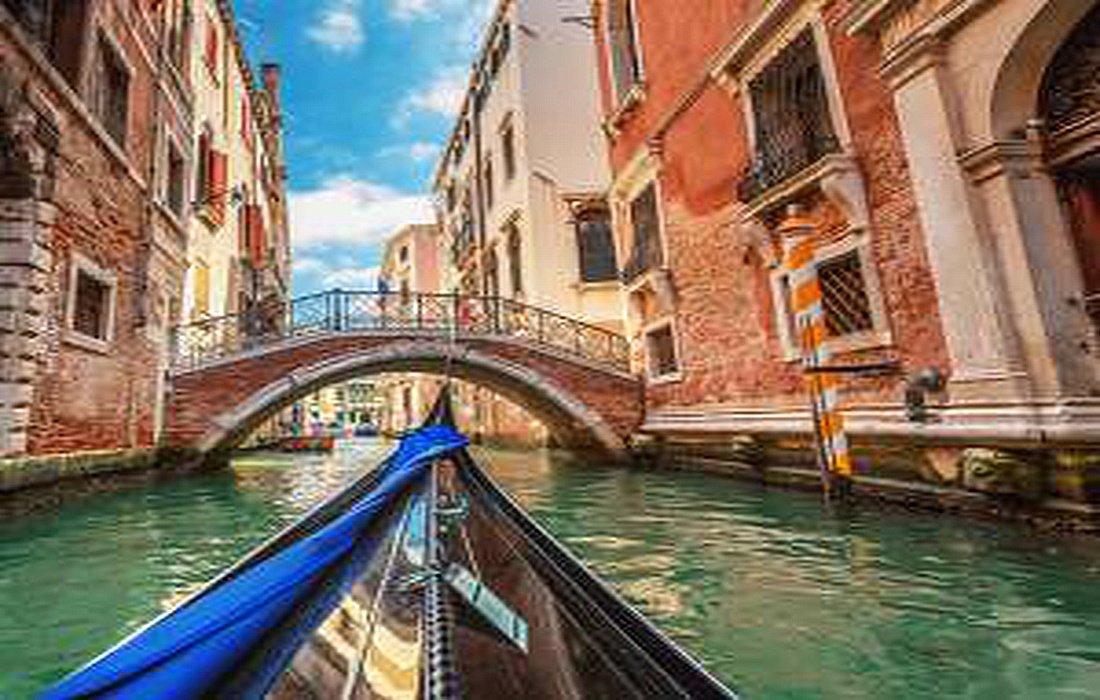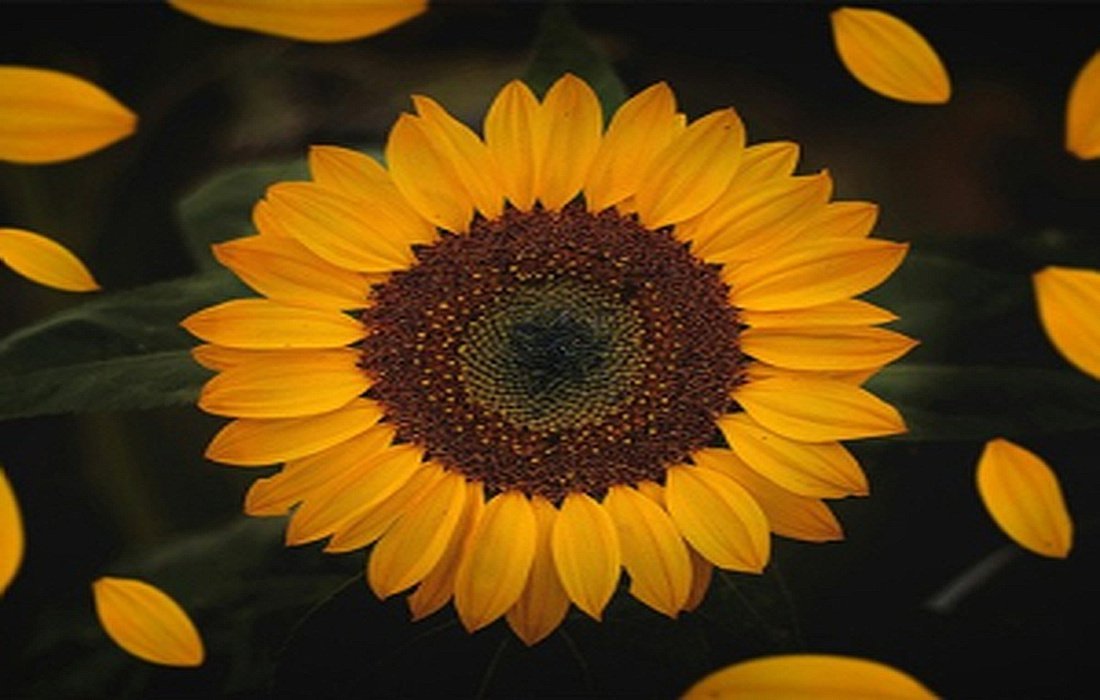Tourist attractions in VeniceItaly
Venice is one of the most beautiful cities in the world, located in northern Italy. This stunning island sits in the Adriatic Sea, and transportation is exclusively by boat, making it the only city in the world without cars. Thus, it appears to float on water. Venice is made up of a group of small islands separated by canals.
Venice is a major tourist destination that attracts many visitors from far and wide each year and is recognized as a UNESCO World Heritage site due to its unusual layout.
This water city is home to many historical and tourist sites, including St. Mark’s Square, which is the burial site of Mark, one of Jesus Christ’s apostles, known as Saint Mark.
Venetian artists not only excel in mask-making but are also highly skilled in glassmaking. Venetian crystals are particularly famous, handcrafted in the islands of Murano and Burano with elegant and delicate designs, albeit at high prices.
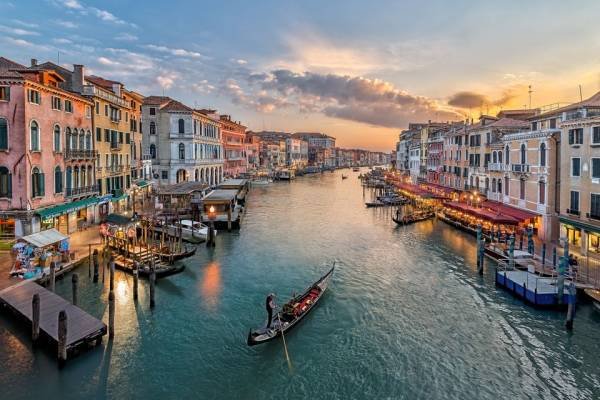
Tourist attractions and highlights of the island of Venice, Italy
The History of Venice’s Formation
Archaeologists have discovered that the city of Venice began to form in the 5th and 6th centuries AD. Evidence indicates that there was a civilization in Venice before the Romans, with its people engaged in fishing, salt production, and maritime transport.
With the arrival of the Romans, new professions emerged in Venice, and numerous structures were built that still exist today as reminders of that era. The Romans constructed the first port, called Chioggia, and officially founded the city of Venice on March 25, 421, with the opening of the San Giacomo Church on the Rialto Bridge.
When the barbarians attacked Rome, many residents of mainland Venice fled and scattered. Initially, the settlement in this city was temporary, but the residents turned it into a permanent home.
Due to the swampy land, they had to build more resilient houses. They decided to construct homes on wooden stilts to keep the structures safe. Later, they connected these small islands with bridges, making it easier for them to communicate. This method of construction made the city appear as if it were floating on water, leading to Venice being called the “Floating City.”
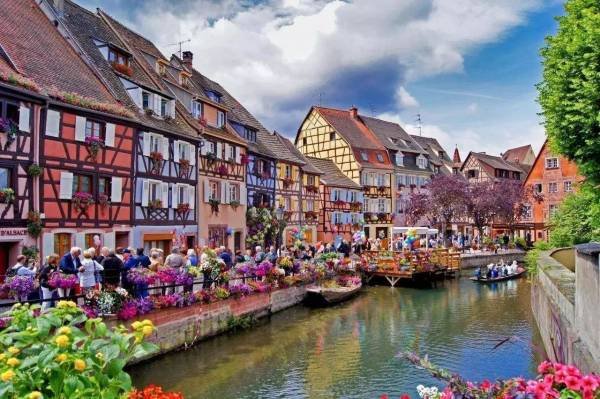
How Venice Was Built
Geographical Location of Venice
The beautiful city of Venice consists of many islands, totaling 118. Some of these islands are connected by bridges. At the center of Venice lies the historic area, divided into six districts: Dorsoduro, Santa Croce, San Polo, San Marco, Cannaregio, and Castello. These regions connect 150 small canals and are situated on either side of the Grand Canal.
Other significant islands that are part of Venice include:
- Murano Island, famous for its glass-making.
- Burano Island, known for its lace-making art and colorful houses.
- Torcello Island, the oldest inhabited island in Venice.
- Lido Island, renowned for its calm and beautiful beach, stretching twelve kilometers long.
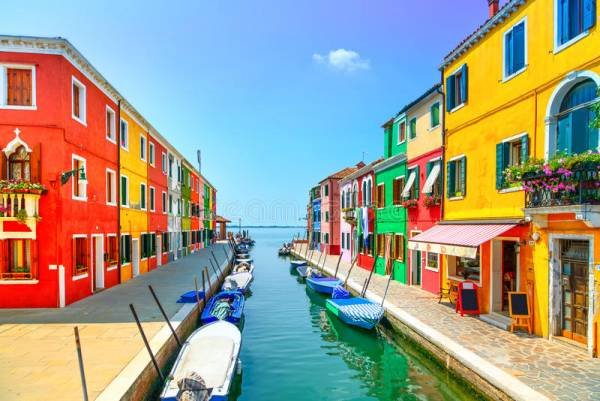
Burano Island, one of the beautiful islands of Venice
Climate of Venice
Venice has a Mediterranean climate with high humidity. Winter temperatures average around 3 degrees Celsius, while summer temperatures reach about 24 degrees Celsius.
Transportation in Venice
Transportation in Venice is done by boat, making it the only city in the world without cars.
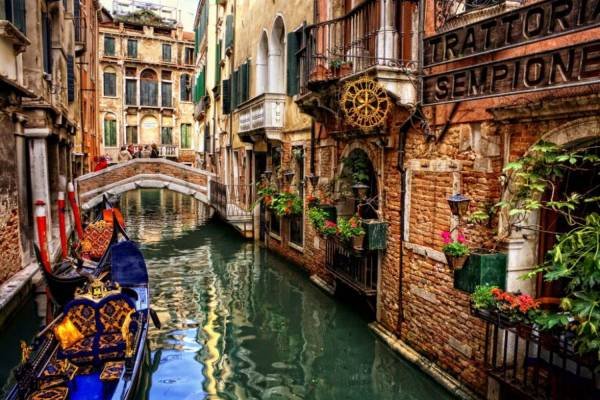
Getting around Venice by boat
Tide or rising seawater
In Venice, during spring and summer, the sea level rises, causing the streets to flood and obstructing movement in the city; however, the residents are fully accustomed to this phenomenon, seeing it as a normal occurrence. A project called the “Mose” is underway in Venice to combat this tidal phenomenon.
The main island of Venice is Rialto, and it can be visited within an hour.by walkingDue to having narrow passages and streets primarily for separating buildings, Venice does not have traditional streets.



